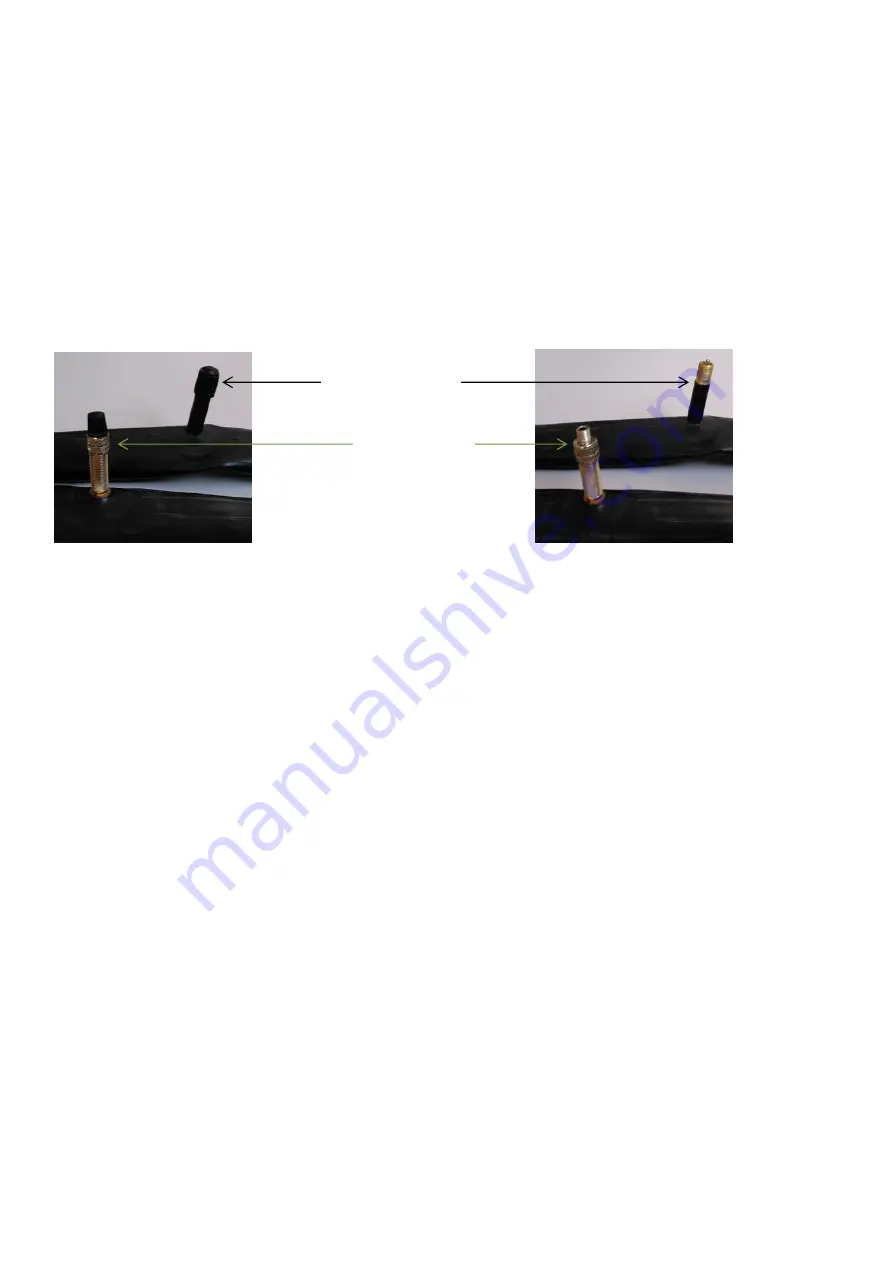
21
Wózek wyposażony jest w kółka antywywrotne,
które pełnią istotną role kiedy osoba siedząca w
wózku ma problem ze stabilizacją ciała.
Wysokość kółek antywywrotnych należy
dobrać indywidualnie do pacjenta w zależności
do doświadczenia i pewności w poruszaniu się
na wózku.
Aby wyregulować wysokość ustawienia kółek
antywywrotnych należy pociągnąć blokadę
regulacji kółek anty-wywrotnch (Ilustracja 25.)
znajdującą się w uchwycie kółka, ustawić
pożądaną wysokość i zwolnić blokadę.
The wheelchair is equipped with anti-tip wheels,
which play an important role when a person
sitting on a wheelchair has a problem with the
stabilization of the body.
The height of the anti-tip wheels should be
individualized to the patient depending on
experience of using wheelchair.
To adjust the height of the anti-tip wheels pull
the adjustment lock the anti-tip wheels are
(Illustration 25) located in the wheel handle, set
the desired height and release the lock.
Anti tip wheel height adjustment is five-point
regulation.
POMPOWANIE
OPON
(dotyczy
wózków
wyposażonych w koła pompowane)
PUMPING TYRE (It applies to stroller fitted with
wheels pumped)
Ilustracja /
Illustration
26. Ilustracja /
Illustration
27.
Przed przystąpieniem do pompowania opon
należy zidentyfikować rodzaj zaworu jaki
znajduje się przy oponie. Może być to jeden
z dwóch zaworków przedstawionych na
ilustracji 26. i 27.
Zawór Presta ma również dodatkową małą
nakrętkę, którą przed pompowaniem należy
poluzować.
Po
zidentyfikowaniu
zaworu
należy
przygotować pompkę przeznaczoną do
zainstalowanego w wózku rodzaju zaworu.
Większość nowych pompek wyposażonych
jest zarówno w obsługę zaworu typu Prest
jak i Schrader. Wiele z nich pozwala na
odwrócenie końcówki. Mniejszy otwór
skierowany na zewnątrz będzie dotyczył
Presta, większy Schrader’a. Jeśli pompka
nie obsługuje Presta, trzeba będzie
wyposażyć się w „adapter Presta”, który
dostępny
jest
w
każdym
sklepie
rowerowym.
W tym momencie, jeśli koło zaopatrzone
jest w zawór Presta, konieczne będzie
Before pumping the tires, identify the type
of valve which is located on the tire. This
may be one of the two valves shown in
Illustration 26 and 27.
Presa valve also has an additional small top,
which must be loosened before pumping.
After identifying the valve, prepare the
pump designed to valve type.
Most of the new pumps are equipped to
service both Prest valve and Schrader. Many
of them let to reverse the tip. Smaller hole is
Prest valve, Schrader valve greater. If the
pump does not support Prest, you will need
to buy yourself the "adapter Prest", which is
available at any bike store.
At this point, if the wheel is provided with a
valve Prest, it will be necessary to unscrew
the top located on the vent. It is a small top,
which can be unscrewed with fingers. When
doing this, the top should move upwards.
Then valve is considered open.
Then remove the plastic top from the valve
and set it aside in a safe place. It is
Zawór Schradera
/ Schrader valve
Zawór Presta /
Prest vale








































